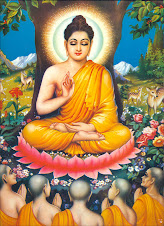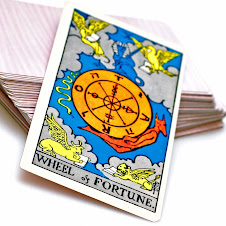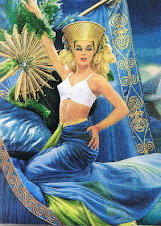
Wise geek tells us his view on Rhinestones:
All that glitters is not gold--sometimes it's rhinestones. They shimmer, sparkle and dance in the light, and they are nothing more than faceted bits of glass.
The original rhinestones were rock crystals that were plucked from the shores of the Rhine River in Austria, hence the name. But, as the sources of genuine rhinestones became depleted, resourceful jewelers sought techniques to duplicate the look of the original rhinestones.
In the latter part of the 1770s, a French jeweler by the name of George Frederic Stras came up with the idea of metal-coating the backs of clear crystals, which would force reflection from the backing out through the stone. That method created rhinestones as we know them today. An advancement by Daniel Swarovski in the technique of cutting crystals to mimic the facets of gemstones more than a century later, enabled rhinestones to be produced en masse, and the popularity of rhinestones soared.
The popularity of the rhinestone hit its heyday during the modern era between 1945 and 1960 when fine quality jewelers invested their talents in the making of fine rhinestone pieces. Fashion designers spangled the majority of eveningwear (and much daywear) with fun and flirty rhinestone detail. High-end clothing decorated with rhinestones, and signature rhinestone jewelry pieces, have become a hot commodity in the antiques and collectibles market.
Today's crystal rhinestones are still mostly manufactured in Austria, with the Czech Republic a close second. Rhinestones made from acrylic are manufactured in many countries. Regardless of where your rhinestones were produced, you will need to handle them carefully to guard against damage. While storing your rhinestones, never place them face-to-face because they will easily scratch; always store them separately or place tissue between the rhinestone pieces.
To clean your rhinestones, carefully apply a Q-tip dipped in rubbing alcohol. Water should be avoided as it will tarnish the foil backing.














